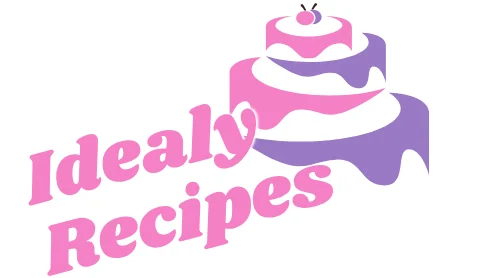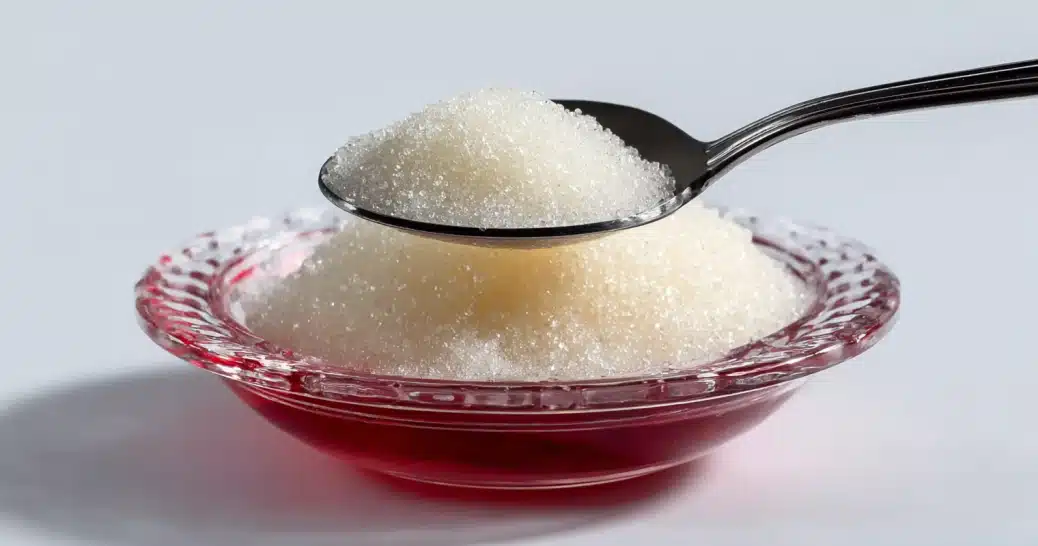If you have ever enjoyed a wobbly serving of Jello, chewy gummy bears, or a smooth panna cotta, you have already tasted the magic of gelatin. This humble ingredient works quietly in the background, giving desserts their signature textures and appearances. Yet many people still wonder, what is gelatin, what is it made from, and how is it used?
In this article, we will explore everything you need to know about gelatin. From its origins and processing to its many uses in cooking, baking, and even health trends, you will gain a complete understanding of this unique ingredient. We will also look at plant-based alternatives for those who prefer vegan or vegetarian options.
By the end, you will know how gelatin works, why it is used so widely, and whether it deserves a spot in your kitchen.
Table of Contents
What is Gelatin?
Gelatin Defined
Gelatin is a protein derived from collagen, which comes from animal skin, bones, and connective tissues. When processed, it turns into a flavorless and colorless substance that dissolves in hot liquids and sets into a gel-like form when cooled. This gelling ability is what makes it a favorite in desserts and confections.
The Role of Gelatin in Food
The magic of gelatin lies in its ability to transform liquid into a stable structure without making it cloudy. Unlike starch-based thickeners, gelatin creates a glossy, clear finish. This is why it is used for mousses, glazes, and fruit-filled pies.
Common Culinary Uses
Gelatin appears in more foods than most people realize. Some of its most popular applications include:
- Jello-style desserts with their classic wiggle and shine
- Marshmallows and gummy candies that rely on gelatin for chewiness
- Creamy treats like mousse, panna cotta, and custards
- Stabilized whipped cream and frosting that hold their shape
- Savory creations such as aspics and terrines
Gelatin vs Jello
It is important to note the difference between gelatin and Jello. Gelatin is simply the pure ingredient, unflavored and unsweetened. Jello, on the other hand, is a branded product that contains gelatin along with sugar, flavors, and colors. So while Jello includes gelatin, not all gelatin is Jello.
What is Gelatin Made Of?
The Core Ingredient: Collagen
At its foundation, gelatin is made from collagen. Collagen is the protein that gives structure and strength to animal tissues such as skin, bones, and cartilage. When collagen is processed, it is broken down into smaller proteins that become soluble and form the gel-like texture we recognize as gelatin.
The Production Process
The transformation from collagen to gelatin involves several steps.
- Soaking – Animal materials like hides and bones are cleaned and soaked to loosen the collagen.
- Boiling – The collagen is extracted by heating in water until it breaks down.
- Purifying – The solution is filtered to remove impurities.
- Drying – The gelatin is dried and turned into either sheets or powder for culinary and industrial use.
The final product is neutral in taste and color, making it versatile in both sweet and savory recipes.
Sources of Gelatin
Most commercial gelatin comes from two primary sources:
- Beef gelatin – Extracted from cows and commonly used in desserts, capsules, and supplements.
- Pork gelatin – Extracted from pigs and widely used in candies, gummies, and marshmallows.
Fish-based gelatin is also available and is sometimes used as an alternative in halal or kosher products.
Collagen as the Base of Gelatin
Collagen is widely known outside of the kitchen too. It appears in beauty supplements, protein powders, and joint health products. In the culinary world, however, collagen in its cooked form becomes gelatin. For example, when you make homemade bone broth and it firms up into a jelly-like consistency in the fridge, that is natural gelatin created from collagen.
Ethical and Dietary Concerns
Since gelatin comes from animals, it is not suitable for vegetarians or vegans. It also raises dietary and cultural concerns, especially for those following halal, kosher, or plant-based diets. This has led to an increased demand for plant-based substitutes such as agar agar, pectin, and carrageenan, which can mimic gelatin’s gelling abilities without using animal products.
What is Gelatin In?
Everyday Foods Containing Gelatin
Gelatin finds its way into countless food products, often without people realizing it. Because it sets liquids into gels and provides a chewy or firm texture, it appears in a wide variety of sweet and savory items, including:
- Desserts: Jello cups, puddings, panna cotta, mousse, custards, and pies
- Candy: Marshmallows, gummy bears, jelly candies, fruit snacks
- Baked Goods: Some cheesecakes, creamy pie fillings, and whipped cream stabilizers
Gelatin in Beverages
It may surprise you to learn that gelatin can also be found in drinks. It is sometimes used to thicken or clarify beverages. Examples include:
- Clear juices and smoothies where gelatin adds body
- Specialty coffee drinks where it provides a frothy or fluffy topping
- Cocktail gels and spheres that appear in modern mixology for creative presentations
Uses Beyond Food
Gelatin is not just for desserts and candies. Its versatility has made it a key ingredient in many other industries, including:
- Pharmaceuticals: Many capsules are made with gelatin shells that dissolve easily in the stomach
- Supplements: Gelatin appears in collagen powders, protein blends, and “beauty drinks”
- Medical Uses: Applied in wound dressings and controlled-release medications
Why Gelatin is So Widely Used
The reason gelatin shows up everywhere is because it is both effective and inexpensive. It can provide texture, stability, and structure without altering the flavor of the final product. Manufacturers and chefs alike depend on it for consistency and performance.
Types of Gelatin
Forms of Gelatin
Gelatin is sold in a few different forms, each suited for specific culinary needs. The most common types include:
- Gelatin Powder: The most widely available, sold in packets or tubs. Easy to measure and dissolve, making it the go-to option for home cooks.
- Gelatin Sheets (Leaf Gelatin): Preferred by pastry chefs, these sheets provide a more precise and consistent result. They dissolve evenly and create a smooth, clear finish.
- Unflavored Gelatin: Pure gelatin without any added sugar, colors, or flavors, making it suitable for both sweet and savory recipes.
Sources of Gelatin
While gelatin always comes from collagen, the animal source can vary:
- Beef Gelatin: Extracted from cattle, often used in baking, desserts, and dietary supplements.
- Pork Gelatin: Extracted from pigs, common in gummies, marshmallows, and confectionery items.
- Fish Gelatin: A less common source, but frequently chosen for halal and kosher products.
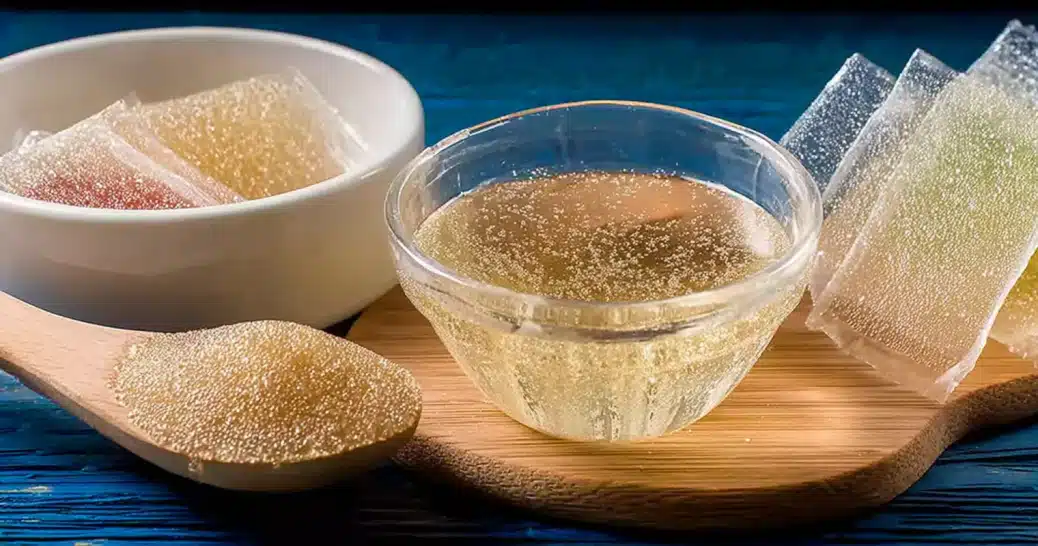
Halal and Kosher Gelatin
For people who follow religious dietary laws, gelatin must come from approved sources and processing methods. Halal gelatin typically comes from cows or fish, while kosher gelatin must be prepared according to Jewish dietary laws.
Vegan and Vegetarian Alternatives
Although traditional gelatin comes from animals, there are several plant-based options that replicate its gelling effects:
- Agar Agar: Derived from red seaweed, it sets firmer than gelatin and does not melt at room temperature. Often called “vegetarian gelatin.”
- Pectin: A fruit-based gelling agent commonly used in jams and jellies. It needs sugar and acid to set properly.
- Carrageenan: Another seaweed extract, often used in dairy products like puddings and ice cream to improve texture.
Choosing the Right Type of Gelatin
The choice depends on the recipe. Bakers might prefer sheets for precision, while home cooks may choose powder for convenience. For vegetarians and vegans, agar or pectin can be excellent swaps, though they behave slightly differently than animal-derived gelatin.
Gelatin in Recipes
How Gelatin Works in the Kitchen
To understand what is gelatin used for in cooking, think of it as a natural setting agent. When dissolved in hot liquid and cooled, gelatin forms a delicate gel that can turn runny mixtures into sliceable desserts. It works by trapping water molecules in a protein network, creating that wobbly yet firm structure.
Functions of Gelatin in Recipes
Gelatin is more than just a thickener. Its unique properties allow it to serve different purposes in the kitchen:
- Thickening liquids into gels, perfect for panna cotta or fruit jellies
- Stabilizing creams, mousses, and frostings so they hold their shape
- Binding layers in desserts like pies or no-bake cheesecakes
- Enhancing texture by adding chewiness to candies and smoothness to custards
Classic Desserts Made with Gelatin
If you are wondering what is gelatin’s most common role in baking, it is the secret ingredient behind many beloved desserts:
- Jello desserts that showcase the classic wiggle everyone knows
- Homemade gummies with chewy, fruity bites
- Strawberry pies and fruit fillings that hold their glossy shape
- Mousse and panna cotta with silky, melt-in-your-mouth textures
Practical Tips for Using Gelatin
When using gelatin at home, it helps to follow some key steps:
- Bloom gelatin first: Sprinkle gelatin powder over cold water and let it sit before dissolving in hot liquid.
- Avoid boiling: High heat can weaken gelatin’s gelling ability.
- Chill properly: Give desserts enough time to set in the refrigerator.
Why Bakers Love Gelatin
For bakers and home cooks, what is gelatin if not a reliable partner? It delivers consistency, structure, and versatility. From no-bake desserts to chewy candies, it transforms basic ingredients into stunning creations.
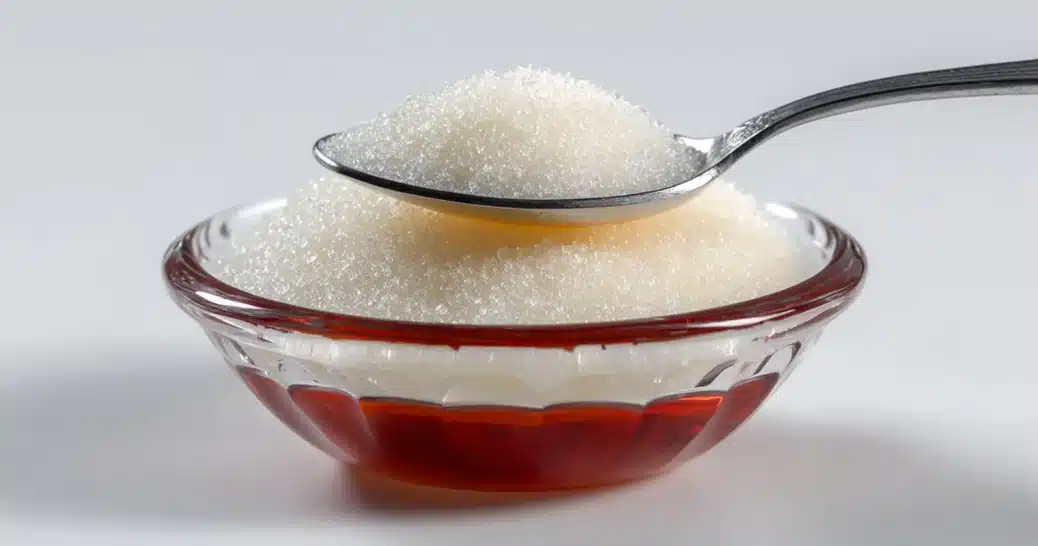
Gelatin in Diets & Health Trends
Gelatin’s Nutritional Profile
When people ask what is gelatin in terms of nutrition, they often discover that it is almost entirely protein. It mainly contains amino acids such as glycine and proline, which are linked to connective tissue health. Unlike complete proteins, gelatin does not contain all essential amino acids, but it still plays a valuable role in certain diets.
Potential Health Benefits
Gelatin is sometimes promoted for its potential to support skin elasticity, hair and nail strength, and joint function. Some people believe it helps improve gut health or digestion because of its amino acid profile. Others use it for weight management since protein-rich foods can increase satiety and reduce snacking. While these claims are popular, research is mixed, and most evidence is preliminary.
Popular Diet and Wellness Trends
In recent years, gelatin has been highlighted in several wellness practices, such as:
- Adding gelatin to coffee or smoothies for a protein boost
- Using gelatin in homemade gummies as a “healthy snack”
- Following viral trends like the “gelatin trick for weight loss”
Although these trends are popular, it is important to separate hype from reality. Scientific studies continue to explore whether gelatin has measurable long-term health effects.
Risks and Considerations
Despite its potential benefits, gelatin may not be suitable for everyone. Since it is animal-derived, vegetarians and vegans avoid it. Some people may also experience digestive discomfort when consuming large amounts of gelatin supplements. Quality and sourcing matter as well, since most commercial gelatin comes from cows or pigs.
For a deeper look into the science and nutrition of gelatin, you can explore this detailed guide on Healthline.
Alternatives to Gelatin
Why Seek Alternatives?
For many people, the question of what is gelatin leads to concerns about its animal origins. Since gelatin is derived from collagen in animals, it is not suitable for vegetarians, vegans, or those who follow certain religious dietary rules. Fortunately, there are several plant-based and synthetic substitutes that can mimic its gelling power in recipes.
Agar Agar
Agar agar, often called vegetarian gelatin, is made from red seaweed. It sets more firmly than traditional gelatin and does not melt at room temperature. It is commonly used in Asian desserts, fruit gels, and vegan recipes.
- Best Uses: Fruit jellies, custards, panna cotta alternatives
- Texture: Firmer, more brittle compared to animal gelatin
Pectin
Pectin is a natural fiber found in fruits, especially apples and citrus. It is widely used in jams and jellies because it forms a gel in the presence of sugar and acid.
- Best Uses: Jams, marmalades, fruit preserves
- Texture: Soft, spreadable gel
Carrageenan
Carrageenan, another seaweed-derived ingredient, is often used in dairy products to improve creaminess and stability.
- Best Uses: Ice cream, puddings, plant-based milks
- Texture: Smooth and creamy rather than firm
Konjac Powder
Made from the root of the konjac plant, this powder is another vegan thickener that can create gels and add body to recipes.
- Best Uses: Vegan gummies, sauces, desserts
- Texture: Chewy and firm
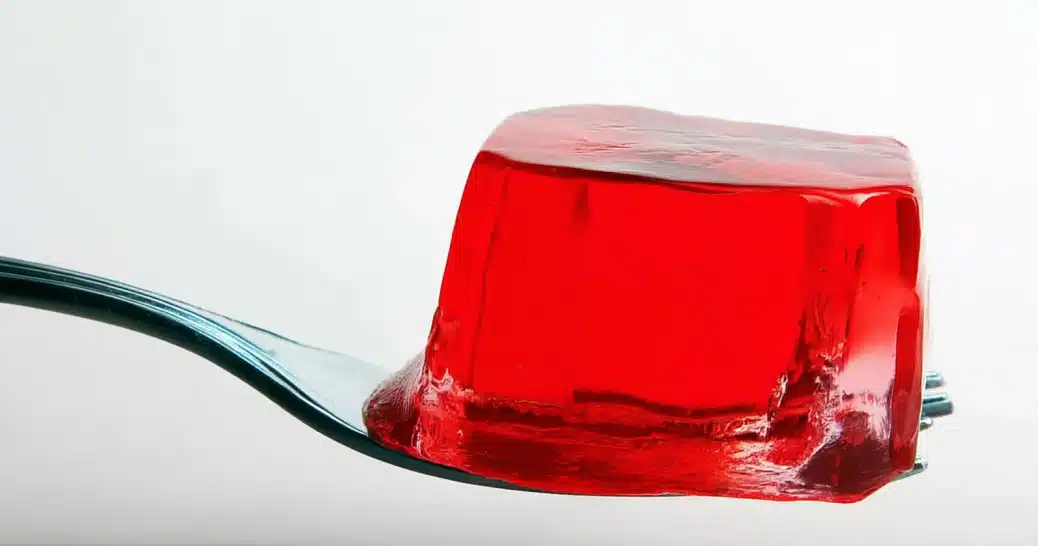
Comparing Substitutes with Gelatin
While substitutes provide excellent options, they do not always perform exactly like gelatin. For instance, agar sets more firmly and quickly, while pectin requires sugar and acid to activate. Bakers and home cooks may need to adjust recipes when switching from gelatin to these alternatives.
Choosing the Right Substitute
The best choice depends on the recipe. For a firm dessert like fruit jelly, agar agar is ideal. For jams and spreads, pectin works best. For creamy desserts or dairy-based recipes, carrageenan may be the right pick.
Conclusion
So, what is gelatin in the simplest terms? It is a protein derived from collagen that transforms liquids into gels, giving desserts and candies their signature texture. From wobbly Jello to chewy gummies and smooth panna cotta, gelatin quietly powers some of the most popular foods we enjoy.
Understanding what is gelatin also means recognizing its versatility. It shows up in candy aisles, bakery counters, and even health supplements. For bakers, it is a secret weapon that provides structure and shine. For those following health trends, it is a source of protein tied to wellness claims like joint support or skin elasticity.
Yet, what is gelatin without considering alternatives? For anyone avoiding animal products, plant-based substitutes like agar agar, pectin, and carrageenan can step in to mimic its gelling role. These options ensure everyone can enjoy desserts with the same appealing texture, regardless of diet.
In the end, learning what is gelatin is not just about identifying an ingredient. It is about appreciating how one substance can shape the way food looks, feels, and tastes. Whether you keep it in your pantry for baking or prefer vegan substitutes, gelatin remains one of the most fascinating and functional ingredients in the kitchen.
FAQs About Gelatin
What is gelatin made of?
Gelatin is made by processing collagen, a protein found in animal bones, skin, and connective tissues. Through boiling, filtering, and drying, collagen is converted into a flavorless and colorless powder or sheet form. Understanding what is gelatin at its core means recognizing that it is simply cooked collagen.
Is gelatine halal or haram?
Whether gelatin is halal or haram depends on its source. Gelatin from pigs is not halal, but gelatin made from cows or fish and processed according to Islamic dietary guidelines can be halal. When asking what is gelatin in religious terms, the answer varies based on sourcing and certification.
What is gelatin and its uses?
Gelatin is a gelling agent used in both sweet and savory dishes. It gives Jello desserts their wiggle, provides chewiness in gummies, and stabilizes mousse or whipped cream. Beyond the kitchen, it is used in capsules, supplements, and even medical applications. So if you wonder what is gelatin used for most, the answer is desserts, candies, and health products.
Is gelatin technically meat?
Gelatin is not meat in the traditional sense, but it does come from animal collagen. Since it is made from animal by-products, it is not vegetarian or vegan. For people who avoid animal-based foods, learning what is gelatin highlights the importance of choosing plant-based alternatives like agar agar or pectin.
